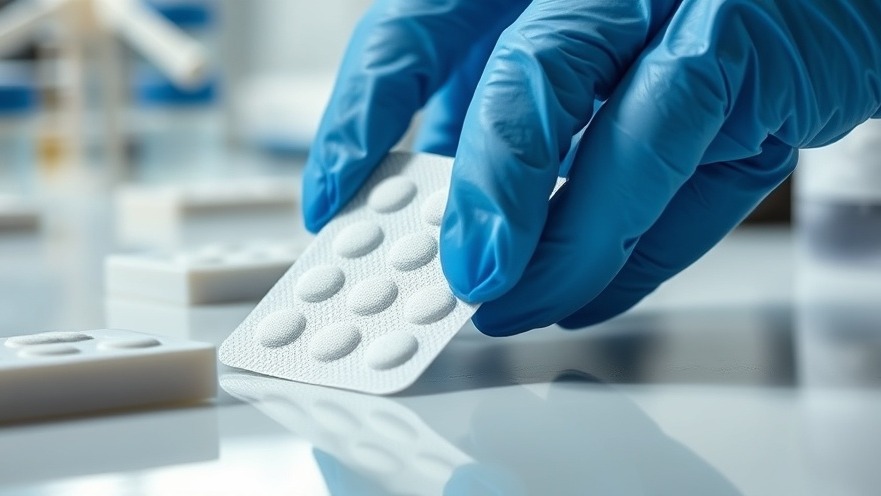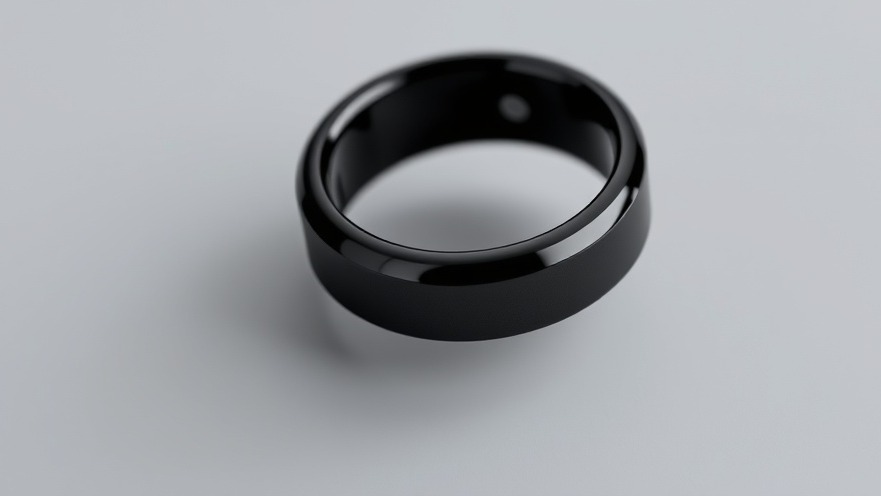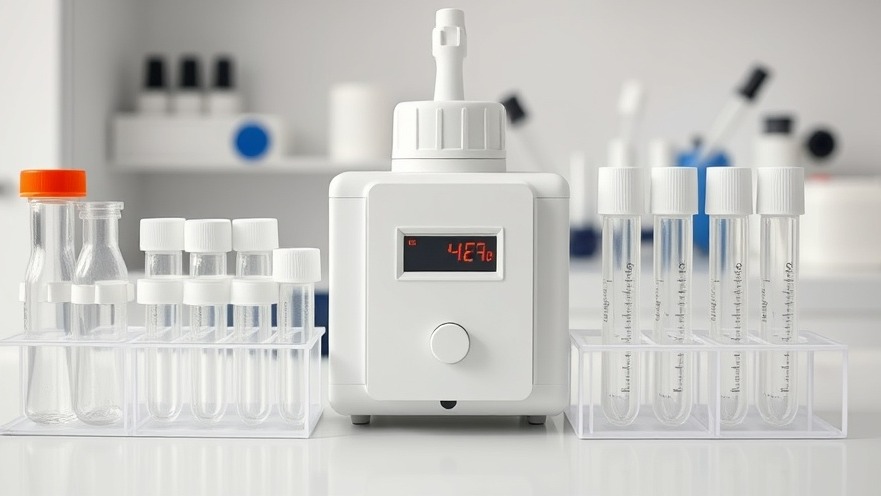
The Future of Wound Healing: How Sponge-like Microneedle Patches Can Revolutionize Care
According to recent studies from the National University of Singapore, microneedle patches crafted from sponge-like poly lactic-co-glycolic acid (PLGA) polymers offer innovative solutions for diabetic wound healing, a pressing health concern affecting millions globally.
Understanding Diabetic Wounds: A Lingering Health Challenge
Diabetic wounds are not merely a minor ailment; they are a substantial health crisis that affects more than 6% of the world's population. In Singapore alone, the alarming statistic highlights that four lower limb amputations occur daily due to non-healing diabetic wounds. The average healthcare cost per patient for amputation-related treatments can hit around S$23,000. These staggering figures emphasize the urgency for effective treatment options.
Microneedle Technology Explained: How Does It Work?
Developed by a dedicated research team led by Assistant Professor Andy Tay, the microneedles function through a dual approach: delivering crucial growth factors while simultaneously extracting excess inflammatory agents from the wound area. This method addresses two critical barriers in diabetic wound healing: the rapid breakdown of essential proteins and chronic inflammation. Using the microneedles, both medications and regenerative compounds can be delivered precisely and painlessly, enhancing healing while minimizing discomfort.
The Science Behind Sponge-like Properties and Biocompatibility
The spongy structure of these microneedles allows for greater fluid absorption, presenting a significant advance in wound management. The PLGA material is not only biodegradable but also FDA-approved, making it safe for medical applications. Its adaptability means that these microneedles can be used across various types of skin conditions, from psoriasis to chronic wounds, marking a flexible tool for practitioners.
Historical Context: Advances in Wound Management
Historically, treating diabetic wounds has involved standard approaches such as dressings and topical medications. Microneedle technology introduces a modern solution to age-old problems, building on previous efforts that primarily focused on cleaning and dressing chronic wounds. By leveraging evaporation and the movement of fluids through the sponge-like microneedles, current methodologies are being transformed.
Impact on Patient Outcomes: A Game Changer for Health Practitioners
For concierge health practitioners, adopting these microneedles can lead to improved patient outcomes through faster healing times and reduced rates of complications. Consequently, patients can avoid lengthy rehab periods, leading to a higher quality of life. Considering the daily challenges practitioners face in managing diabetic wounds, these innovations represent a significant shift in therapeutic options.
Common Misconceptions about Microneedle Technology
Despite the advances, misconceptions still abound regarding the efficacy and comfort of microneedle patches. Some may believe that these options are effective only for minor wounds, whereas studies have indicated that they are highly beneficial for severe chronic wounds. Also, issues surrounding patient comfort and pain during application have been effectively mitigated with current developments.
Future Predictions: Where Do We Go From Here?
As microneedle technology continues to evolve, we can anticipate increased customization of microneedle patches. The developments could lead to targeted functionalities, such as patches that release growth factors only when needed, or even those tailored for specific patient demographics. This holds great promise for individualized patient care.
Actionable Insights: What Health Practitioners Should Know
Practitioners should remain informed about the latest studies concerning microneedle technology as these innovations could shape future therapeutic practices. Integrating these patches into treatment protocols can enhance care standards and improve patient satisfaction. Therefore, staying proactive in continuing education about such technologies is critical in elevating practice standards.
Your Next Steps: Embrace the Change
For concierge health practitioners eager to transform diabetic wound care, now is the time to consider integrating sponge-like microneedle technology into your practice. These advancements not only improve healing rates but also position practices to offer cutting-edge care that prioritizes patient outcomes and satisfaction.
 Add Row
Add Row  Add
Add 






Write A Comment